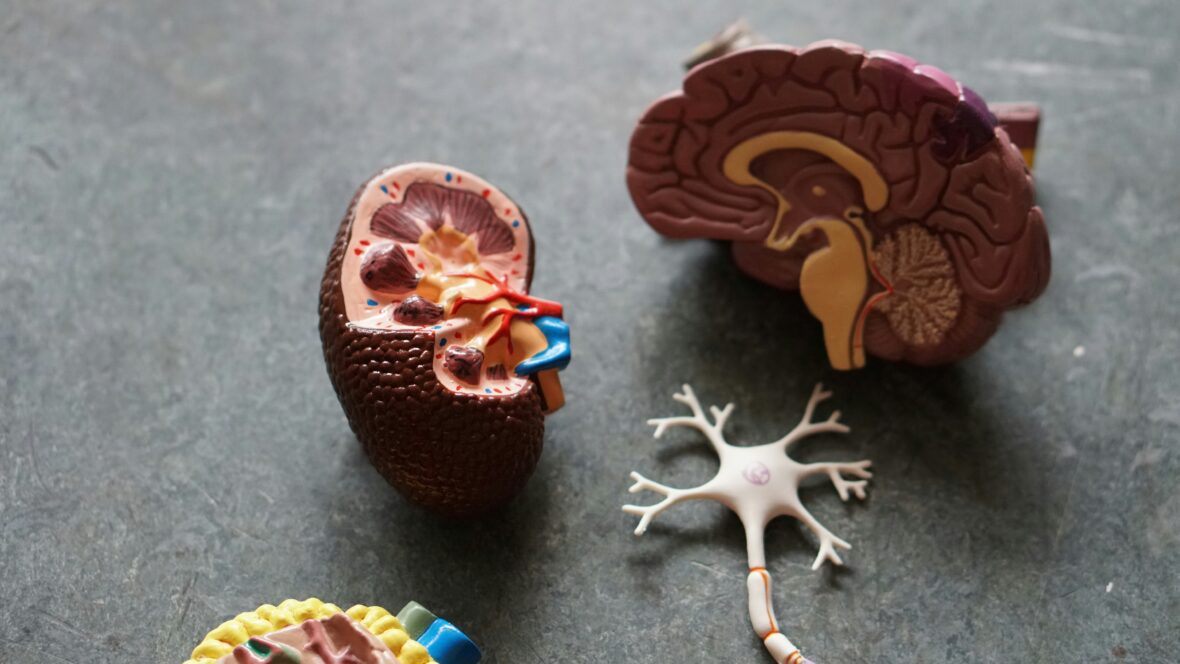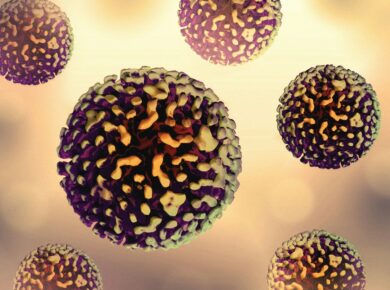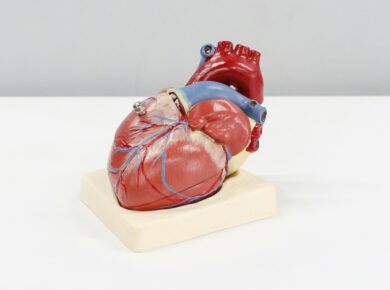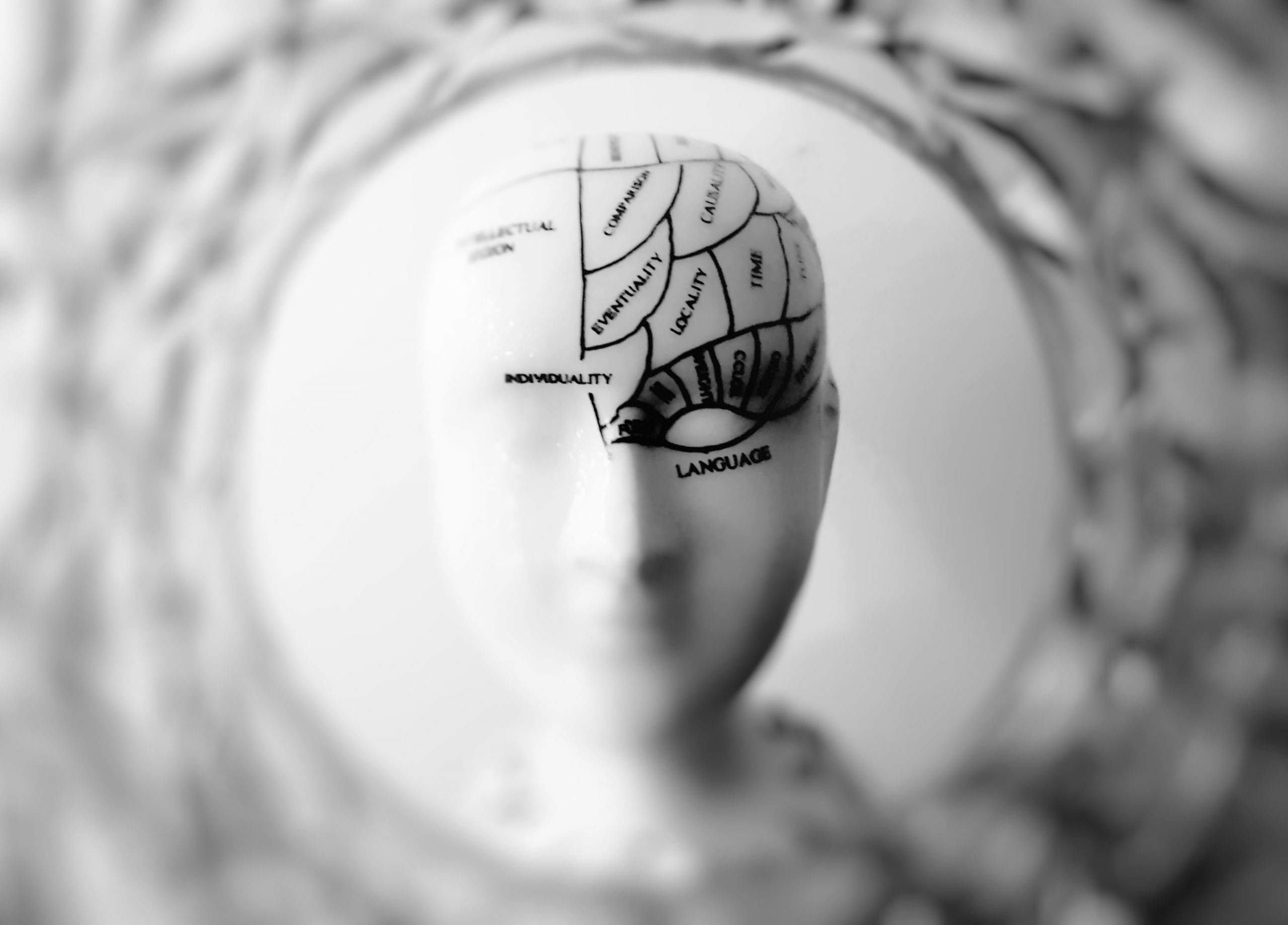This article focuses on the chronic kidney disease in childhood that is common these days and how to manage and terminate it. The cost of treating such patients is quite intimidating, with many patients discharging themselves from the hospital or exhibiting poor regular clinic follow-up and medication compliance on account of financial constraints. We must take the counsel and actions of this article seriously. You can read more similar posts on our medicine and health page of the site.
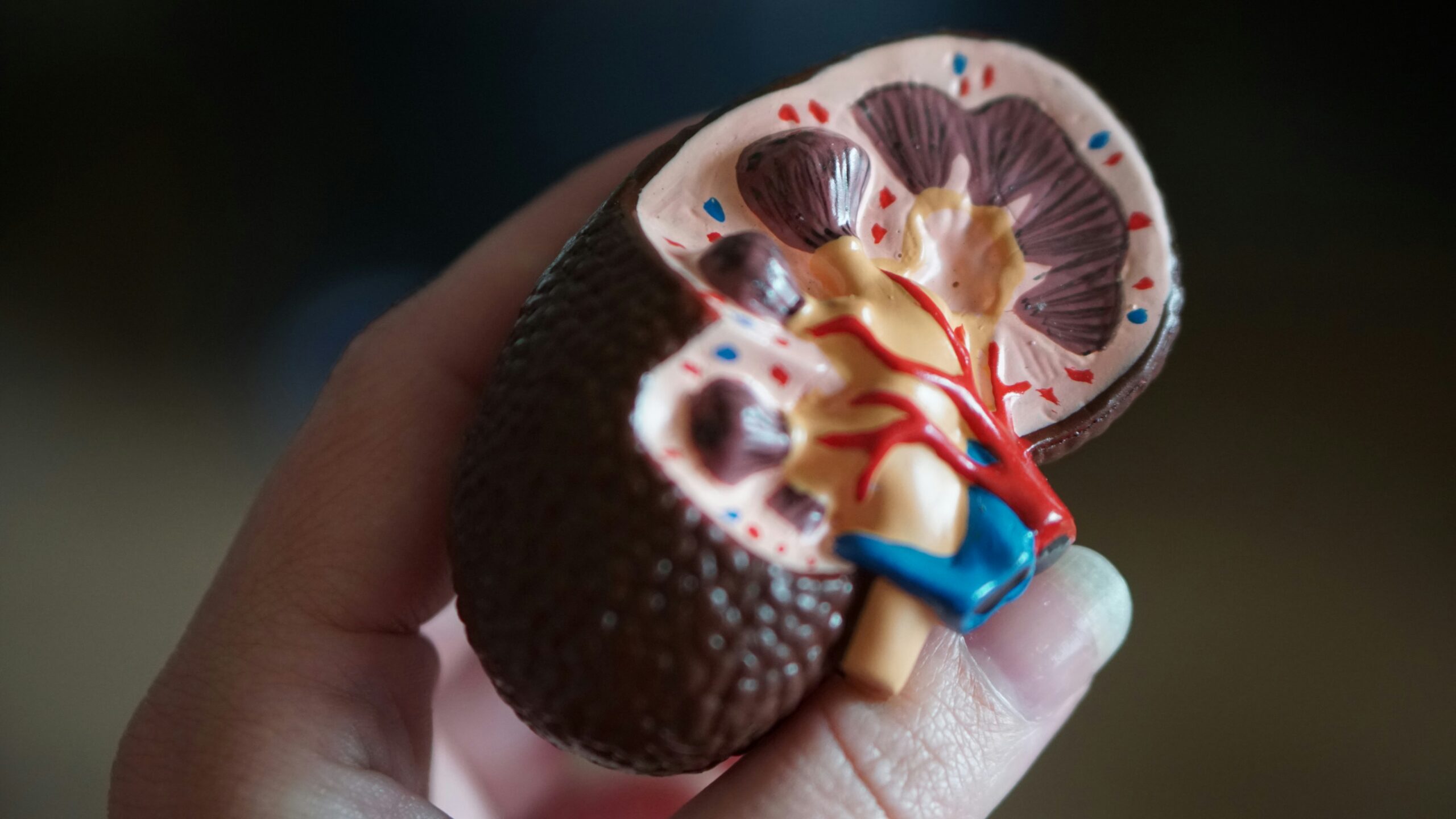
Good Counselling
- Body swelling is a common feature of kidney failure and particularly affects the face, belly and legs. It is a major cosmetic problem for patients with kidney disease and may occasionally warrant hospitalization.
- Foaming of Urine:
- Volume and timing of Urination: In acute kidney disease, more than half of the patients have a marked reduction in urine volume. On the contrary, in early chronic kidney disease, the volume of urine passed remains unaltered but as the disease progresses, the pattern changes with passage of more urine in the night (nocturia). The kidneys lose the ability to concentrate so that low specific gravity urine is passed at all times with the volume increasing(polyuria) progressively.
- Intestines in Kidney Failure
Anorexia (Poor appetites) disordered taste, nausea, vomiting, diarrhea and weight loss are the norms.
The Heart in Kidney Failure
- Chest pain from inflammation of the covering of the heart (pericarditis).
- Heart failure eventually supervenes
The Lungs in Kidney Failure: Fluid
It easily accumulates in the lungs; leading to breathlessness and air hunger.
The Brain in Kidney Failure
The patient has reduced cerebral (brain) activity which manifests as disordered sleep patterns, tremors, seizures, drowsiness, confusion and loss of consciousness. Reduced brain oxygen utilization has been incriminated for this state of affairs.
Reduced Level of Blood
Anaemia can be severe in kidney failure because a diseased kidney cannot secrete erythropoietin (an agent responsible for the production of red cells and platelets).
Bleeding Disorder
There is a marked reduction in platelet formation and blood vessels begin to secrete substances that prevent platelet aggregation. Thus, predisposing to bleeding.
The Eyes in Kidney Failure
Blurring of Vision
This arises as a result of hypertension associated with kidney failure. Persistently elevated blood pressure could lead to damage to the blood vessels supplying the retinas and their consequent damage.
Redness of the eyes
Patients with advanced renal failure develop sub-conjunctiva bleeding as part of the general problem while some others manifest redness of the eyes.
The Bones in Kidney Failure
The kidneys regulate body levels of calcium and phosphate and also metabolize vitamin D to its active form, hence it plays a major role in determining bone structure, strength and integrity.
In chronic kidney failure, excretion of phosphate increases while the level of Calcium reduces. With the complex interplay of hormones, there is progressive weakening in the strength of the bones which now becomes painful and fracture can occur with little trauma.
The Skin in Kidney Failure
Itching of the skin is quite common in patients with chronic kidney disease. It could be severe to such an extent that it may disturb sleep. The cause of this is not quite clear.
Sexual Function in Kidney Failure
Individuals with kidney failure experience difficulties with sexual and reproductive function. Men in the terminal stage of kidney failure have difficulties with erection, decreased libido and secondary infertility. Women often experience disturbances in their menstrual cycle and fertility.
Evaluation and Diagnosis
Several diagnostic tests are available to determine the presence and extent of the disease and identify a treatable underlying cause if any.
- Urine test-microscopy
- Renal clearance tests
- X-rays-Imaging Tests
- Renal biopsy
Prevention and Management of Kidney Diseases/Failure
The goals of the Management of kidney diseases are:
- To prevent the development of renal disease
- To prevent progression in cases where it is already established
- To prevent and control the development of complications
- To mitigate and control complications
- To improve kidney function
There are 3 levels of care: primary, secondary and tertiary.
Primary Care: is directed at the entire population, either individually or in groups or the community.
Objectives
The following are the objectives of care for kidney diseases
- To increase the awareness and knowledge of kidney disease
- To build individual or community capacity to prevent renal disease
- Adequate knowledge of the risk factors is provided through educational/health awareness programmes.
Risk factors for the development of renal disease include:
- Hypertension
- Diabetes mellitus
- Proteinuria
- Abnormal lipid pattern in blood
- Obesity
- Communicable diseases, HIV, Hepatitis B & C and malaria
Chronic Kidney Disease In Childhood
Epidemiology
Chronic kidney disease (CKD) is a very common problem all over the world in both children and adults.
A significant proportion of adult CKD starts during childhood with children who are in their late primary and early secondary school years, being the most vulnerable and boys are more commonly affected.
The child with CKD is always very ill with poor exercise tolerance, poor school attendance and poor academic performance.
Children with CKD rarely attain their optimal goals in life. CKD imposes enormous stress on family income and psychological well-being.
The cost of treating such patients is quite intimidating with many patients discharging themselves from the hospital or exhibiting poor regular clinic follow-up and medication, compliance on account of financial constraints.
Problems like these make death from CKD a very common outcome.
Causes of CKD in Children
These are both congenital and acquired. The leading causes are stated below:
Acquired causes
These are causes that are being acquired.
- Glomerulonephritis is a major cause of CKD in Nigerian children.
- Chronic pyelonephritis
Congenital causes
Posterior urethral valves (PUV) PUV is a congenital abnormality of the internal aspect of the penis that obstructs urine flow in infants and children leading to kidney damage if not corrected. It is eminently correctable.
How to Do Children with CKD Present
Early Presentation
They are non-specific and include loss of appetite, vomiting, weight loss, children appearing white (pallor)exercise intolerance, withdrawal headache, poor vision, short attention span during school lessons, bone pains and growth failure.
Late Presentations
Includes body swelling that is usually severe in the morning(face especially), difficulty in sleeping at night, getting tired easily, and severe anaemia requiring blood transfusion. It is also excessive vomiting, weakness, drowsiness, convulsions, hiccups, difficulty in breathing due to heart failure or fluids in the lungs, hypertension etc.
Investigation: Detailed as for adults.
Treatment: Acute treatment
Most of these patients present as emergencies with features of fluid overload and heart failure, uraemia, severe anaemia, hypertension and infection.
Urgent dialysis is often required for the removal of fluid and uremic toxins and control of blood pressure. Blood transfusion may be necessary while infection must be controlled with antibiotics as appropriate.
Maintenance of Treatment
It is along standard lines with regular dialysis which could be haemodialysis or peritoneal dialysis. General supportive treatment includes:
- A dietary regimen that is low in animal fat, restricted salt and fluid, optimal protein and calories, high intake of vegetables and fruit, vitamins and iron supplements.
- Control of blood pressure with renoprotective drugs such as ACE inhibitors and Angiotensin receptor blockers. Special attention should be paid to the growth of the child, and growth hormones may be added to therapy.
- Kidney transplantation is offered as the most cost-effective modality of treatment. Kidney Replacement Therapy (RRT) in the absence of contraindications.
- Problems Associated with Managing CKD in Children
- Overwhelming associated complications that increase the cost to patients.
- Poor treatment compliance due to financial constraints whether maintenance dialysis or kidney transplants.
- Inadequate facility
- Non-availability of essential drugs for effective management of CKD.
- Failure to thrive
